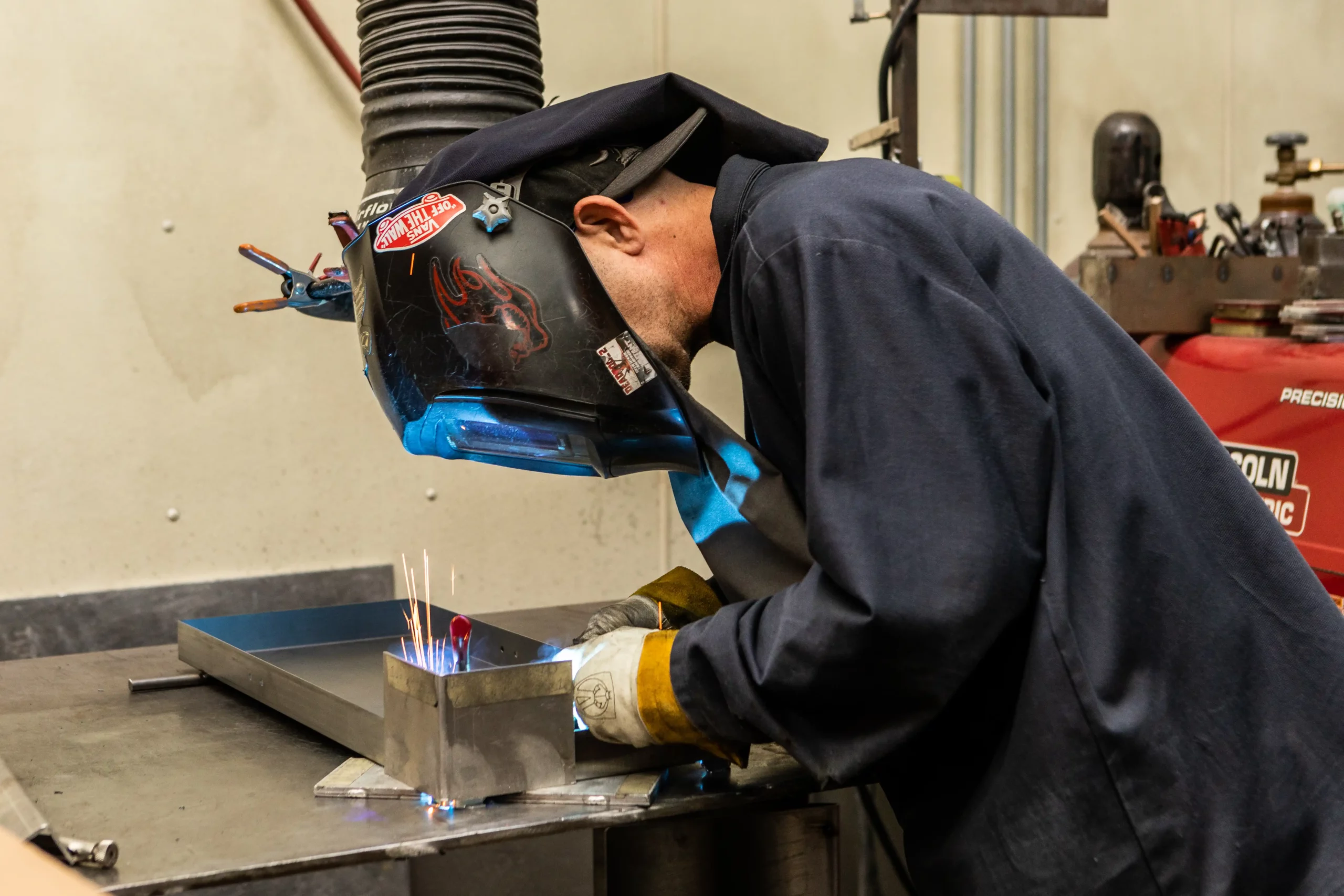Getting Welding Quality: Introducing the Tricks of WPS Execution and Optimization
In the world of welding, achieving quality is a search that hinges on the meticulous execution and optimization of Welding Procedure Specs (WPS) These fundamental papers act as the foundation of welding operations, dictating the treatments and criteria required for creating top notch welds continually. However, the keys to opening the complete possibility of WPS exist not only in understanding its significance but additionally in mastering the intricacies of its implementation and optimization. By delving into the vital aspects, methods, challenges, and ideal methods related to WPS, a globe of welding excellence waits for those that want to explore its depths.
Importance of WPS in Welding
The Relevance of Welding Procedure Specs (WPS) in the welding market can not be overemphasized, offering as the backbone for making certain consistency, top quality, and safety in welding procedures. A WPS provides thorough instructions on exactly how welding is to be accomplished, including essential variables such as materials, welding procedures, joint design, filler steels, preheat and interpass temperature levels, welding currents, voltages, travel speeds, and a lot more. By sticking to a distinct WPS, welders can keep harmony in their job, causing regular weld quality throughout various tasks.

Trick Aspects of WPS
Talking about the integral parts of a welding procedure spec (WPS) is essential for recognizing its duty in welding procedures. One vital facet of a WPS is the welding process requirements, which lays out the details welding procedures to be made use of, such as gas tungsten arc welding (GTAW) or secured metal arc welding (SMAW) By incorporating these vital components right into the WPS, welding treatments can be standard, making sure high quality, performance, and safety in welding operations.
Techniques for WPS Optimization

Second of all, training and credentials of welding personnel according to the particular demands of the WPS is extremely important. Providing detailed training programs and guaranteeing that welders are accredited to implement procedures described in the WPS can bring about better welds and reduced rework.
In addition, leveraging modern technology such as welding software and monitoring systems can aid in optimizing WPS. These tools can my link assist in tracking variables, guaranteeing specifications are within defined limitations, and supplying real-time responses to welders, allowing them to make prompt changes for improved weld quality.
Common Challenges and Solutions
Facing barriers in carrying out the methods for WPS optimization can impede welding operations' effectiveness and high quality. One common obstacle is poor training or understanding of the welding procedure specifications (WPS) amongst the welding group.
An additional difficulty is the absence of proper documents and record-keeping, which is necessary for WPS optimization. Without clear records of welding parameters, materials utilized, and evaluation results, it comes to be difficult to identify webpage locations for enhancement and ensure consistency in welding procedures. Applying a robust paperwork system, such as digital welding monitoring software application, can assist improve record-keeping and facilitate information analysis for constant improvement.
In addition, inconsistent welding devices calibration and maintenance can pose a considerable challenge to WPS optimization. Routine equipment checks, calibration, and maintenance timetables need to be stuck to strictly to make sure that welding parameters are precisely regulated and preserved within the defined tolerances (welding WPS). By addressing these usual challenges with positive solutions, welding operations can boost efficiency, top quality, and overall welding excellence
Finest Practices for WPS Execution
To make certain successful WPS implementation in welding procedures, adherence to sector requirements and precise focus to information are paramount. When initiating WPS execution, it is critical to begin by thoroughly understanding the particular welding demands of the project. This involves a detailed review of the welding treatment specs, products to be welded, and the ecological problems in which the welding will take location.
As soon as the needs are clear, the next step is to pick the suitable welding procedure that aligns with these specifications. This includes seeking advice from the relevant codes and standards, such as those offered by the American Welding Culture (AWS) or the International Organization for Standardization review (ISO), to ensure compliance and top quality.
Additionally, documenting the whole WPS application process is crucial for traceability and quality assurance. Thorough documents should be kept relating to welding specifications, product prep work, preheat and interpass temperatures, welding consumables used, and any discrepancies from the original procedure. Normal audits and testimonials of the WPS can aid identify locations for renovation and make certain recurring optimization of the welding procedure.


Conclusion
To conclude, the implementation and optimization of Welding Treatment Specifications (WPS) is vital for accomplishing welding excellence. By recognizing the essential components of WPS, carrying out effective methods for optimization, addressing typical obstacles, and following finest techniques, welders can ensure high-quality welds and risk-free working problems. It is crucial for professionals in the welding market to focus on the correct implementation of WPS to enhance total welding performance and accomplish desired end results.
The Significance of Welding Procedure Specs (WPS) in the welding sector can not be overemphasized, serving as the foundation for making sure consistency, high quality, and safety in welding operations. A WPS offers detailed directions on exactly how welding is to be carried out, including essential variables such as materials, welding procedures, joint layout, filler metals, preheat and interpass temperatures, welding currents, voltages, travel rates, and much more. One important facet of a WPS is the welding process spec, which outlines the specific welding processes to be used, such as gas tungsten arc welding (GTAW) or secured steel arc welding (SMAW) By incorporating these essential elements right into the WPS, welding treatments can be standard, guaranteeing high quality, effectiveness, and safety in welding operations.
It is necessary for specialists in the welding sector to focus on the correct execution of WPS to boost overall welding efficiency and accomplish preferred results.